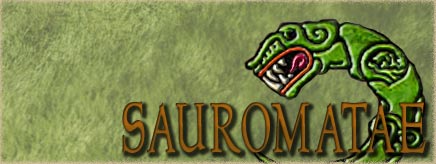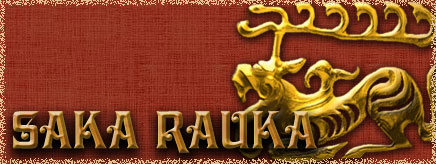I don't know, think the deep Theban left wing had to tire the Spartans, don't forget the cavarly was put there too...
Was summer it was hot, the Thebans could have even afforded to lose lots of men on the left, but collapsing the Spartan right meant victory, so in the end was the 300-400 hippeis against the Thebans in way...










 Reply With Quote
Reply With Quote








 " -alBernameg
" -alBernameg








Bookmarks